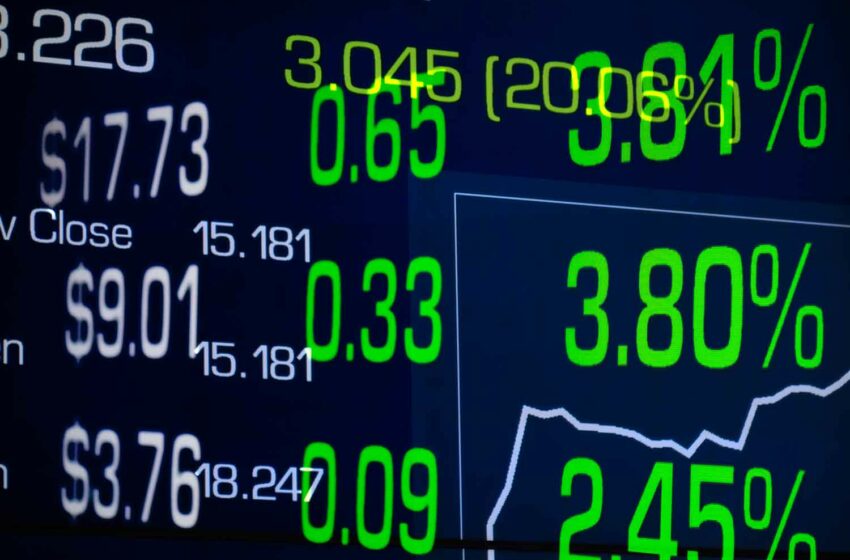Producing some 95 percent of the world’s vapor devices, China has at last started regulating its domestic market.
By Stefanie Rossel
It’s a curious situation: Even though it is the birthplace of the modern e-cigarette and the epicenter of vapor product manufacturing, China’s domestic e-cigarette market is miniscule. According to Euromonitor International, the value of the global vapor market increased from $3.7 billion in 2013 to $15.8 billion in 2018. Of that, China represented only $750 million last year. Insight Solutions estimates that the country produces about 95 percent of the world’s electronic cigarettes, exceeding 1.6 billion units in 2017. Of those, 90 percent are exported to the United States and Europe whereas domestic sales account only for about 5 percent.
Growth of the category has accelerated rapidly in recent years. A Market Watch report reveals that sales of vapor products in China increased from less than rmb1 billion ($142 million) to more than rmb4 billion between 2013 and 2017. Nevertheless, vapers are still an uncommon sight in China. While there is no official data, Guanyantianxia, a Beijing-based consultancy, estimates that there are currently only between 1.5 million and 2 million vapers in the country.
This compares with 300 million to 350 million smokers of combustible cigarettes—an enormous untapped potential for China’s e-cigarette industry. If only 10 percent of Chinese smokers switched to vaping, the market value would exceed $15 billion.
Due to its small size and value, the Chinese vapor market had long been overlooked by supervisory bodies, allowing it to develop in a regulatory vacuum. Access to and consumption of vapor products is hardly regulated apart from a ban of e-cigarette sales to minors issued in August 2018. There are no rules covering the production, manufacturing standards and oversight of e-cigarettes. In 2018, a joint circular published by China Tobacco, the country’s state monopoly, and the State Administration of Market Regulation (SAMR) warned that vapor products on the market varied widely in quality, and some might pose safety risks, such as liquid leakages or use of substandard batteries.
Government drafts standard
To fill the regulatory void and permit the sale of regulated e-cigarettes, China recently took a major step. On May 1, 2019, the country submitted plans for a set of e-cigarette standards to the World Trade Organization (WTO). The standard, to be finalized on a yet-to-be-determined date, is comprehensive: It specifies the levels of nicotine, the types of additives and other components allowed in battery-powered devices as well as definitions, technical requirements and test methods. The standard also covers packaging, identification, instructions, storage and transportation.
Although the standard was published by the SAMR and the Standardization Administration of China, the agency responsible for drafting and maintaining it will be the State Tobacco Monopoly Administration (STMA).
The new standard is expected to have a significant impact on the manufacturing, sale and import of e-cigarette products in China. The law firm Keller and Heckman expects Chinese authorities to release the standard later this year.
The announcement of the new standard followed another joint measure by the SAMR and the STMA. In August 2018, they announced a ban on the sale of electronic cigarettes to minors. As in the United States, teenage vaping has increased sharply in China. The ban covers both physical stores and online platforms.
Passing the renminbi
One factor contributing to the longstanding lack of regulation in China was that none of the country’s agencies were willing to take on responsibility for the new ill-defined product category. For more than a decade, China’s regulatory authorities passed the buck to each other, as detailed in a 2016 study by the University of Pennsylvania Law School.
The report cites the introduction of RuYan, one of the first e-cigarette brands, to the Chinese market in 2006. Proposals were made to assign regulatory responsibility to the State Administration for Work Safety, the State Administration for Industry and Commerce and the health ministry. China Tobacco argued that the e-cigarette should be regulated under the State Council’s dangerous chemicals regulations.
The State Food and Drug Administration was also considered as a potential regulator, but that agency argued that, due to their use for eliminating nicotine withdrawal symptoms, e-cigarettes did not fit under the regulatory framework developed for medical devices in China.
Due to policymakers’ reluctance to define e-cigarettes as medical devices, pharmaceutical or tobacco products, vapor products became ordinary consumer products in China, which is reflected in companies’ advertising and promotion efforts. Unlike their counterparts in Europe and the United States, e-cigarette manufacturers are allowed to make health claims and promote their products as lower risk alternatives to conventional cigarettes in China.
Increasing investments
In the absence of legislation and related pressure to consolidate, China’s vapor market has become highly fragmented. Insight Solutions estimates that there are nearly 4,000 e-cigarette companies in China. About 80 percent employ fewer than 50 people. China Tobacco has also joined the game. In 2014, its provincial subsidiary, Hubei Tobacco Co., launched its first e-cigarettes in Wuhan.
There are indications that the country’s competitive landscape for e-cigarettes is about to heat up. In 2018, dozens of e-cigarette startups collectively raised tens of millions of dollars in venture capital, according to Bloomberg. The growing market has also attracted players from other fields, such as electronics and software. And then there is Juul, the U.S.’ leading vapor brand, which in July 2019 was rumored to be entering the Chinese market with plans to spend more than $100 million over 15 months on branding and marketing operations. Reportedly, the company is teaming up with JD, one of China’s largest e-commerce platforms, which saw e-cigarette sales grow about 600 percent during the country’s 2019 Mid-Year Shopping Festival.
New supervisory agency
As Chinese startups strengthen their financial muscle to make inroads into the blossoming category, their products will likely take a greater share of the country’s enormous cigarette market. This may explain in part regulators’ more active stance toward e-cigarette regulation.
As the world’s largest producer of traditional cigarettes and leaf tobacco, China Tobacco provides the government with massive tax revenues. According to a Channel News Asia report, the monopoly contributed rmb1 trillion in taxes and profits in 2018, representing more than 5 percent of the central government’s revenue.
China Tobacco operates under the STMA, which in turn is part of China’s Ministry of Industry and Information Technology. China’s Tobacco Monopoly Law gives the STMA control over the production, import, export and distribution of tobacco products in China. This means the entity is regulator and market player at the same time. The tobacco industry is also a significant employer in China. More than 20 million people, including farmers and retailers, are linked to the tobacco industry. An estimated 510,000 people work directly for China Tobacco, according to the Pennsylvania Law School.
In this context, tobacco control has proven to be difficult. While China joined the World Health Organization’s (WHO) Framework Convention on Tobacco Control in 2006, it has yet to implement many of the treaty’s measures. The country has enacted indoor smoking bans in specified public places, including hotels and restaurants, but it must still pass a comprehensive tobacco control law at the national level.
To separate regulatory and commercial functions, in March 2018, China assigned responsibility for tobacco control to the newly created National Health Commission (NHC), which will also oversee the vapor industry. The advisory body is expected to put more WHO rules into effect. At a press conference in July 2019, the NHC announced “severely strengthened” supervision of electronic cigarettes.
Regional regulation enacted
While national laws are still up in the air, several Chinese cities have taken steps to regulate e-cigarettes. On Jan. 1, 2019, Hangzhou became the first city to ban vaping in public. It did so through upgraded anti-smoking legislation that formally regulates e-cigarettes as tobacco products. As a consequence, vaping is now banned on specified indoor and outdoor premises, including bars, restaurants and public transport. Violators of the ban will face fines of up to rmb20,000.
Shenzhen, Macao and Nanning have enacted similar e-cigarette bans. Hong Kong went a step further. In February, the city’s health authority proposed to ban the import, manufacture, sale, distribution and advertising of alternative smoking products altogether. Under the draft law, anyone who imports, makes, sells or promotes such products could face a hkd50,000 ($6,373) fine or six months in jail.
If passed, the bill will prohibit visitors from bringing in any reduced-risk products (RRPs). Authorities fear resale of such products and the development of a black market in Hong Kong. Dedicated boxes for the collection of visitors’ cigarette alternatives are to be placed at borders; visitors voluntarily giving up their RRPs will not be considered violating the law.
The measure reflects the city government’s intention to stifle vaping before it becomes entrenched in the former British crown colony. The bill has sparked a debate about its effects on smoking cessation efforts. In contrast to mainland China, Hong Kong already has a low smoking prevalence of 10 percent among people aged 15 and older. By 2025, the government aims to reduce this to 7.8 percent.












